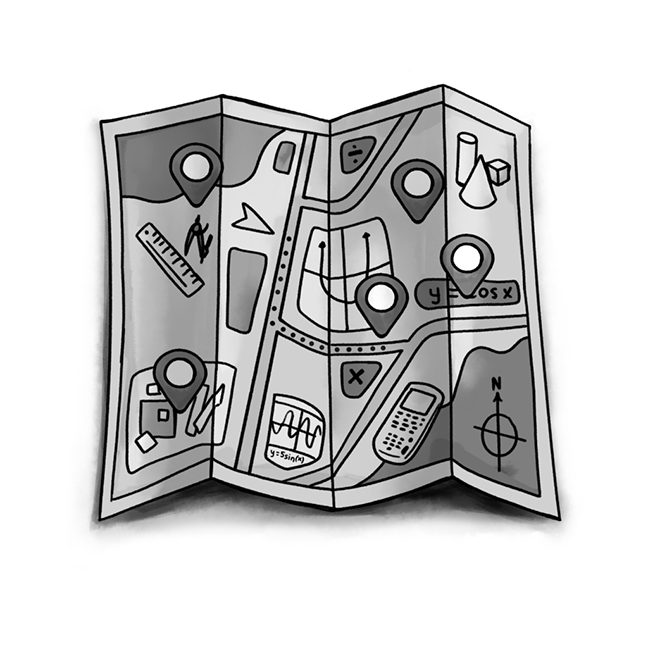John Hayes, Eagle River, WI johnhayes@cpm.org
One of the co-teaching teams that I am coaching this year is digging into wait time as a strategy to support their questioning. Their questioning goal made me reflect on how integral wait time is for effective questioning. Many teachers are familiar with the usual application of wait time. The teacher asks a question, “What do you know about this problem so far?” The student does not reply immediately, so an internal clock begins to count both in the teacher’s mind and in the student’s mind, one Mississippi, two Mississippi, three Mississippi… This waiting game is called wait time and only ends after either the teacher cracks and scaffolds the question, or the student responds. Wait time is important because it supports productive struggle in the classroom and it provides students an opportunity to organize their thinking before responding. This has many implications that are linked to status and being culturally responsive. In this article, I will connect wait time with the three modes of questioning that I have seen in my coaching adventures: Teacher-to-Student, Student-to-Teacher, and Student-to-Student.
A colleague of mine once explained to me that there is wait time and then there is wait time squared. Wait time squared is a two-step strategy: first, the question is posed, and wait time is used, then the answer is given. Then, another period of wait time is used. This second wait time (wait time squared) is used to allow the speaker to elaborate further on their answer or for a team member to offer further explanation. I think there is a third type of wait time and it happens before the question is asked. That is, the teacher approaches a team and listens to the mathematical discussion before engaging with the team. I do not know how to reference this third wait time strategy, but wait time cubed does not feel appropriate.
As any mathematician would do, I need to create a notation, and I will use subscripts:
WT0: Wait time used before you pose a question
WT1: Wait time used after you pose a question
WT2: Wait time used after an answer is provided
Teacher-to-Student
When you think of questioning from a teacher to a student you might consider your pattern of questioning – Are you focusing the student’s thinking or funneling the student’s thinking? – and your type of questions – Are the questions advancing student understanding or probing their understanding? I do not think it matters what type of pattern or type of question you are using; all three types of wait time seem appropriate. I do wonder if you are less likely to use wait time when you are using a funneling pattern. Do you use probing questions when you are in a funneling pattern? When you are funneling, you may be less curious about how the student is thinking and more likely to race through a series of questions that guide students along the path of your own thinking. Perhaps all three types of wait time help us as teachers to spend less time funneling and more time on questions that focus the student’s thinking.
Student-to-Teacher
When I am working with a teacher who is curious about how students are questioning each other, I simplify student-to-student questioning into three categories: what questions – ”What did you get?”, how questions – ”How did you do that?”, and why questions – “Why did you do it that way?” As students move from “what” questions to “how” questions to “why” questions, their reason for asking becomes more complex. “What” questions are an easy way to either compare solutions or copy solutions. These questions probably do not necessitate any wait time on the students’ part. “How” questions stem from curiosity about the procedure or steps that were used to arrive at the solution. “Why” questions stem from students’ desire to make sense of how the content connects with prior knowledge. “How” and “why” questions may require WT1 or even WT2 to provide fellow students time to think about how they are going to answer. If you desire students to use wait time, you will have to teach them how to do it and why it is important.
Whether you are a student, teacher, coach, or leader, wait time is a valuable skill to help you determine how someone else is thinking. Wait time also helps us remember that doing mathematics is not about speed or rushing to the answer. Providing time to process and think can help our students appreciate the challenges that mathematics offers.
